Very few flowers offer such a vivid spectacle as zinnias. Available in a broad spectrum of colours (except for blue), they jostle for joy in a spectacular Latino parade. These highly decorative and irrepressibly cheerful daisies have their roots in the rocky hillsides of native northern Central America, Mexico and southwestern USA. Hybridisation and rigorous re-selection has tamed and transformed the straggly wild zinnia into dramatic garden plants with bigger, fuller, flowers of singles, doubles, semi-doubles and pompoms in myriad tones.
Around 20 species of Zinnia are found in the wild, mainly annuals but with some perennials and shrubs. The genus is named after the 18th-century German botanist Johann Gottfried Zinn, who first described the flower. Zinnias have their own style with rich green foliage setting off fiery daisy flowers and reptilian, prominently scaled flower buds.
Jump to
- How tall do zinnias grow
- How to grow zinnias
- When and how to sow zinnia seeds
- How to care for zinnias
- What to plant with zinnias
- The best zinnias to grow
- Where to buy zinnia seed
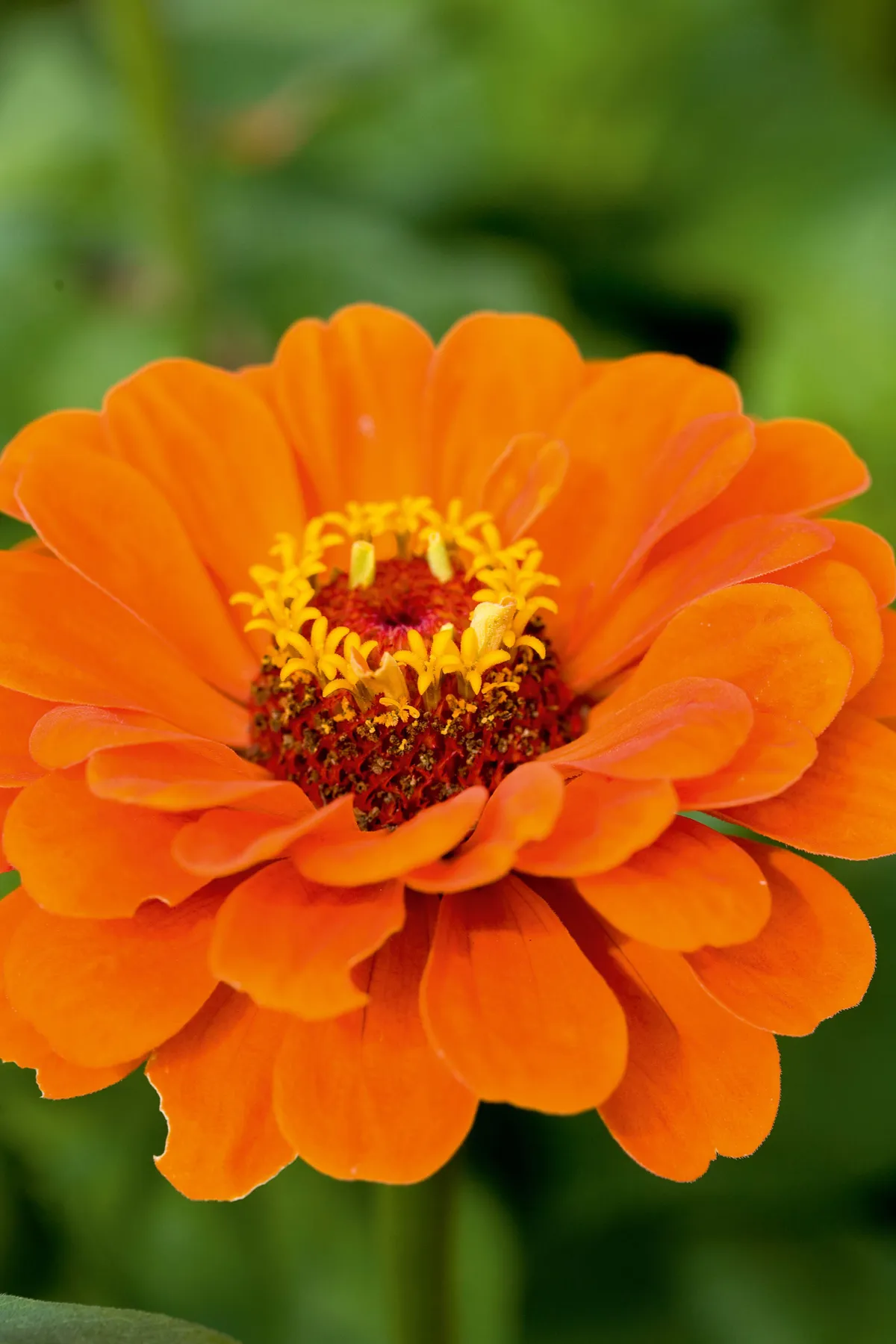
How to grow zinnias
When and how to sow zinnia seeds
Zinnias are hot-weather plants that crave heat and love sun. Little is gained by starting them early as cool temperatures could delay planting out.
- In the UK, sow zinnia seeds in mid-May under glass. Germination takes as little as three days if the temperatures are high.
- Prick out seedlings into small pots or plug trays as soon as they are large enough to handle and nurture under glass before gradually hardening them off.
- Root congestion can be a setback, so plants should be moved on to the next pot size if they root through before outside temperatures are high enough for planting.
- In southeast England we plant them in the first or second week of June, when night-time temperatures are generally above 10°C. As they hate root disturbance, zinnias are better sown direct in hotter climates as they germinate and thrive without being checked.
How tall do zinnias grow
The most striking are the old-fashioned, tall, large-flowered forms bred from the wild Zinnia elegans – a coarse plant from Mexican deserts, at 1m tall with single purple flowers 5cm across. All make excellent cut flowers lasting several days. Zinnia Giant Double Mixed is a stirring mix of tall, double and semi-double flowers, up to 11cm across, blended in garish shades of yellows, pinks, oranges, and deep reds. Zinnia Dahlia Flowered Mixed is similar (if not identical).
The most striking of all the large-flowered cultivars are the Zinnia Benary’s Giant Series, which appear in a range of vivid single colours. Plants are robust on thick branching stems growing 1.3m tall and 0.5m wide. ‘Benary’s Giant Salmon Rose’, ‘Benary’s Giant Lilac’, ‘Benary’s Giant Deep Red’, ‘Benary’s Giant White’ and ‘Benary’s Giant Orange’ are just a selection that I grow. Other colours are available from rich carmine red to yellow but seed is difficult to source in the UK, with the full range available only from the USA.
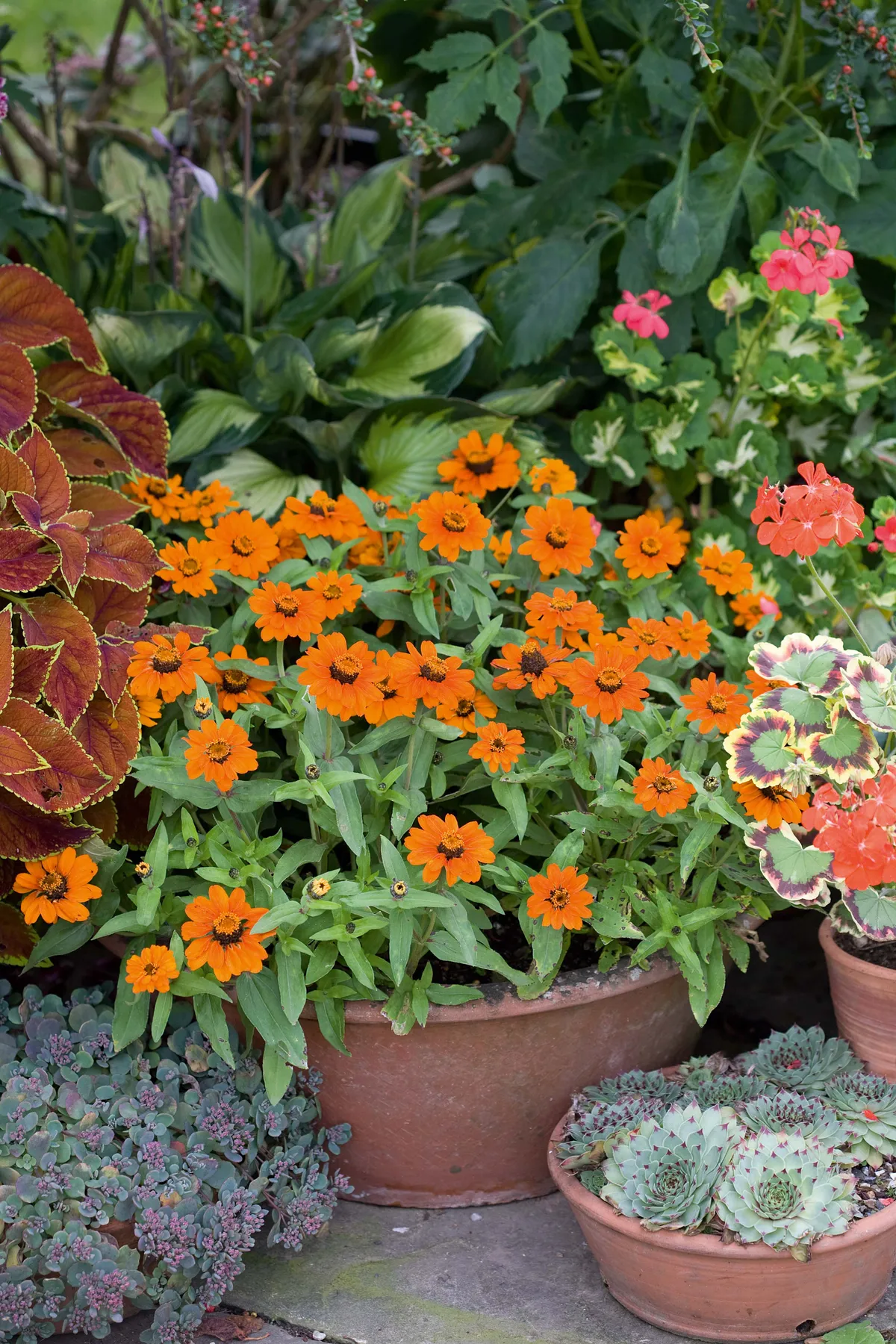
Zinnia Giant Cactus Flowered Mixed is also tall at 1m and has full flower heads packed with gently quilled petals. The blend comes in six or seven colours and works well in mixed borders although sometimes plants are of ragged appearance.
Recent breeding efforts have favoured dwarfing, producing ungraceful stocky plants with large flowers. Here impact seems to have conquered grace, but a few of the large-flowered, short-stemmed hybrids still retain the charm and character of their parents. For example, plants of the Zinnia elegans Dreamland Series are just 40cm high and not overly squat. Their plump double flowers are most effective at the front of borders or in pots. Coral, ivory, pink, yellow and rose and a mixture exists, but ‘Dreamland Scarlet’ in fiery orange and ‘Dreamland Red’ in deeper red, both with yellow centres, inject intense colour without sacrificing much space.
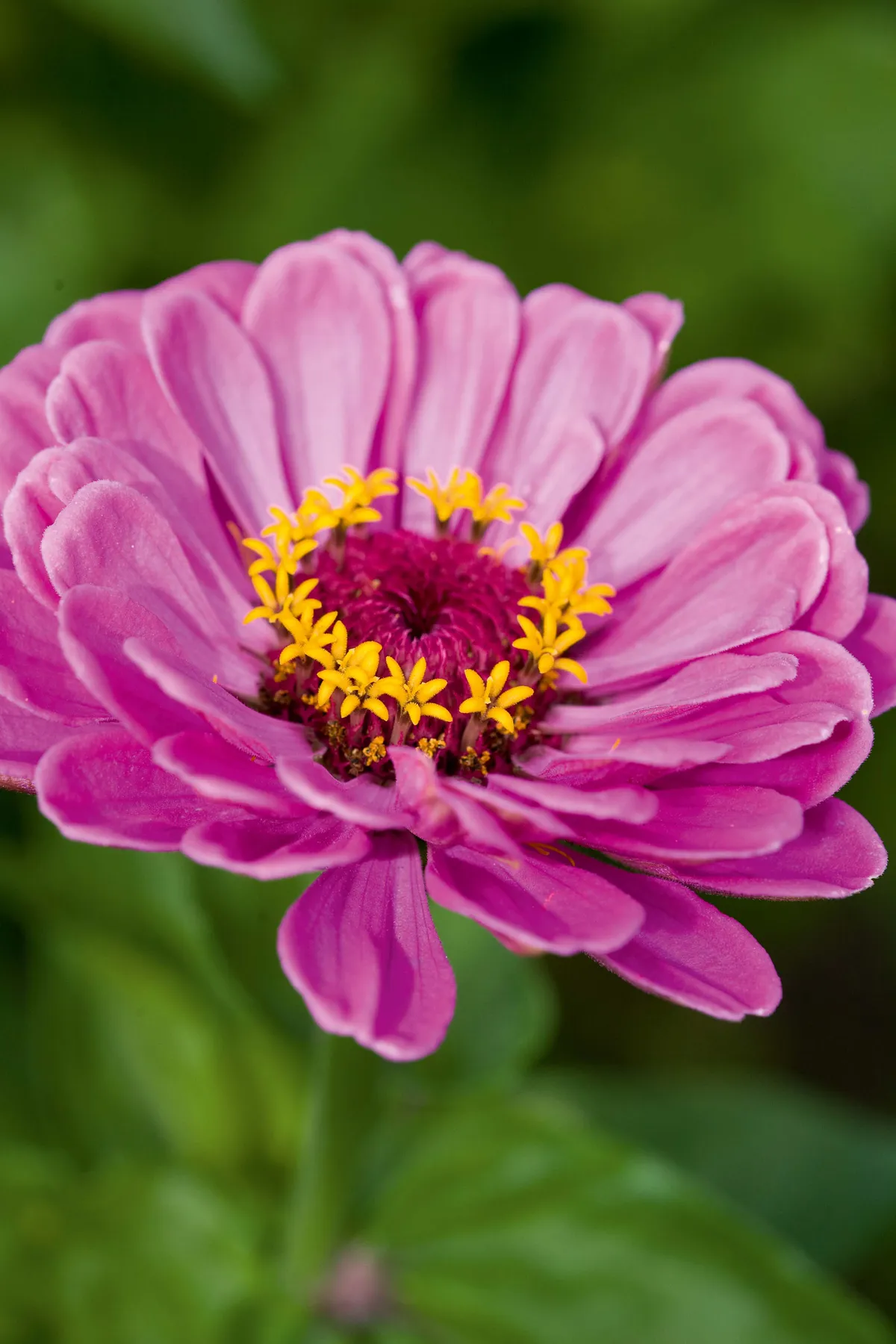
How to care for zinnias
Zinnias thrive in light, rich, well-drained soil. They will tolerate drought but need water while establishing in order to develop a root system. Avoid excessive watering as this will reduce the risks of fungal diseases such as powdery mildew and Alternaria solani blight, which causes reddish-brown lesions on the leaf. Fungicides can be used to overcome any problems but on the whole zinnias are trouble-free as long as summers are hot.
Staking may be necessary for taller zinnias. A single bamboo cane behind each plant, with string looped around the principal stems, is sufficient. Plants should be deadheaded regularly unless spent blooms are hidden by new flowers.
What to plant with zinnias
Zinnias make good partners to a range of summer flowering plants, including salvias. Zinnia ‘Benary’s Giant Salmon Rose’ is a stunning cohort to the fine velvet red lances of Salvia confertiflora with a backdrop of green and cream variegated Euonymus fortunei ‘Silver Queen’. Zinnia ‘Benary’s Giant Lilac’ is equally effective next to intense blue Salvia ‘Indigo Spires’, flowering until autumn.
The tall fleabane (Erigeron annuus) produces a froth of white daisies all summer long, setting off the rich red heads of Zinnia ‘Benary’s Giant Red’. Zinnia ‘Dreamland Scarlet’ and Zinnia ‘Profusion White’ or Zinnia ‘Profusion Orange’ blend well with the pale blue South American annual Browallia americana.
The best zinnias to grow
Zinnia Giant Double Mixed
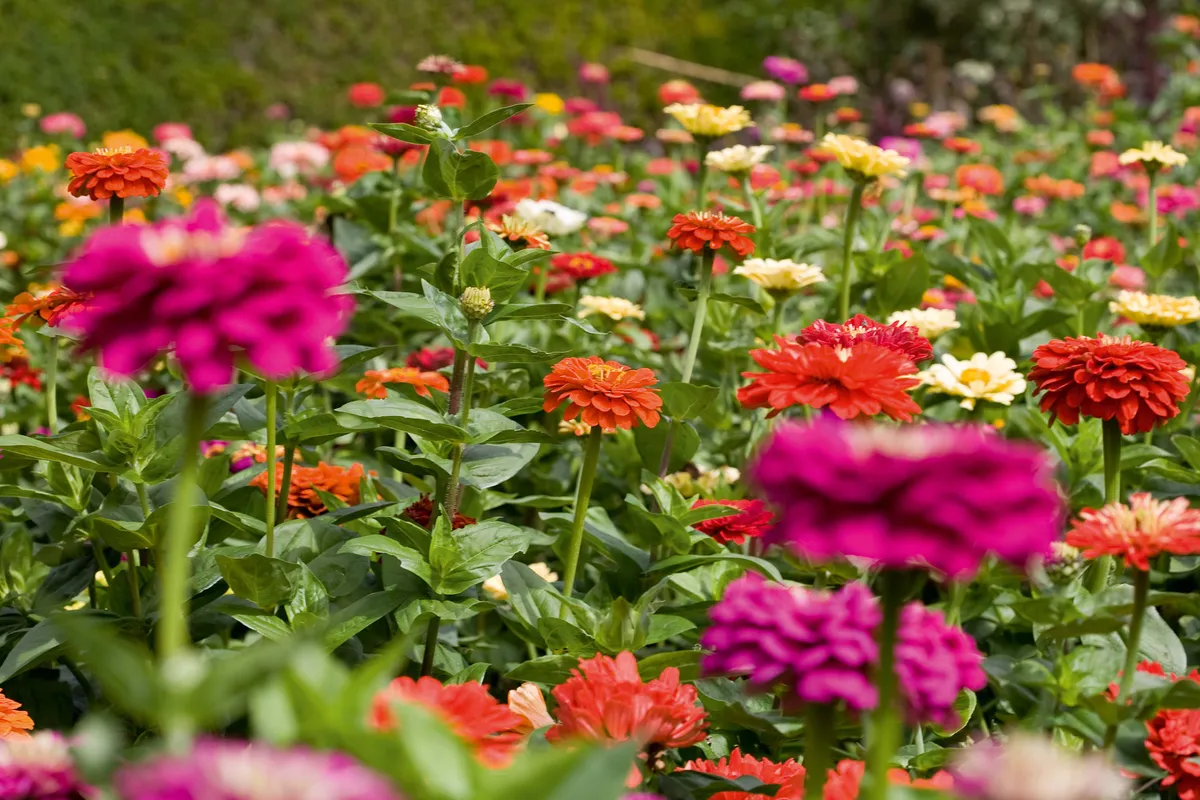
Mix of double and semi-double flowers in a range of bold colours. The dramatic blooms can be 11cm across and have a central disc with a contrasting ring of bright yellow fertile florets. The plant grows up to 1m tall.
Zinnia ‘Benary’s Giant White’
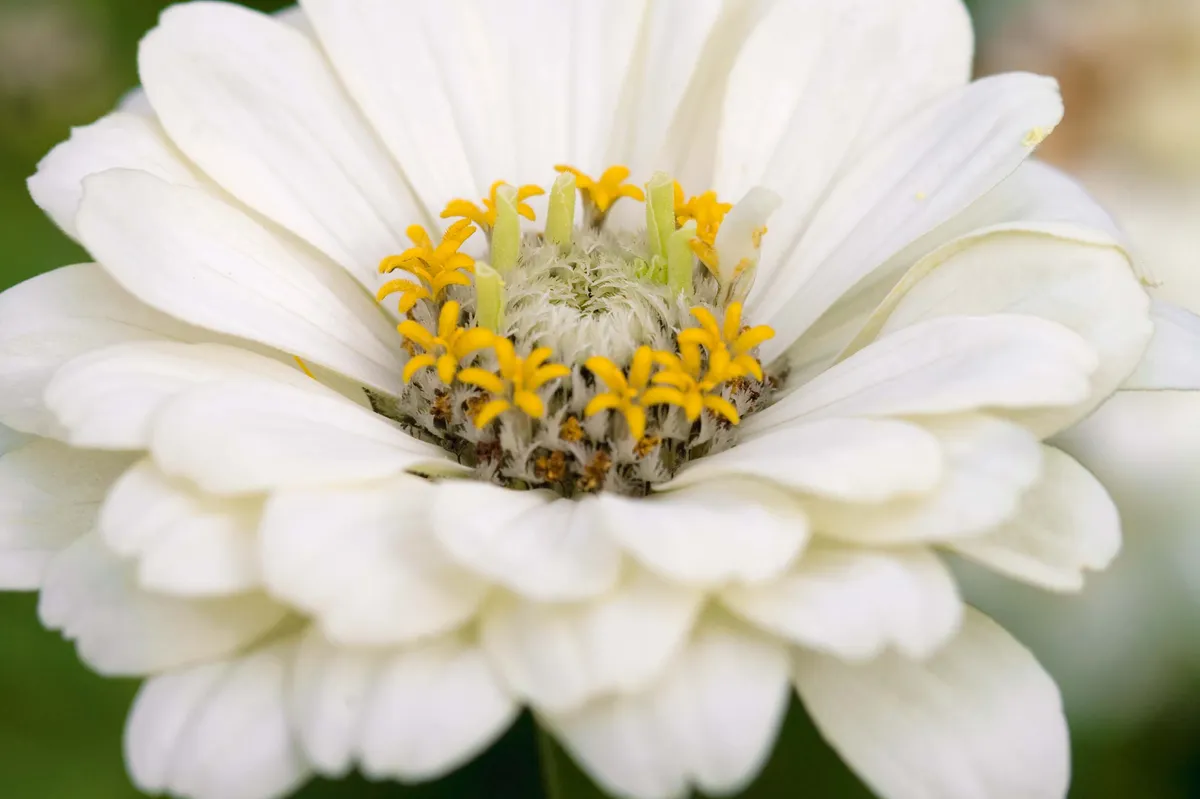
Dahlia-flowered, with elegant chalky white petals offset by green and yellow centres. Grows to 1.3m tall. There’s also ‘Benary’s Giant Lime’ in a delicate lime green.
Zinnia ‘Benary’s Giant Orange’
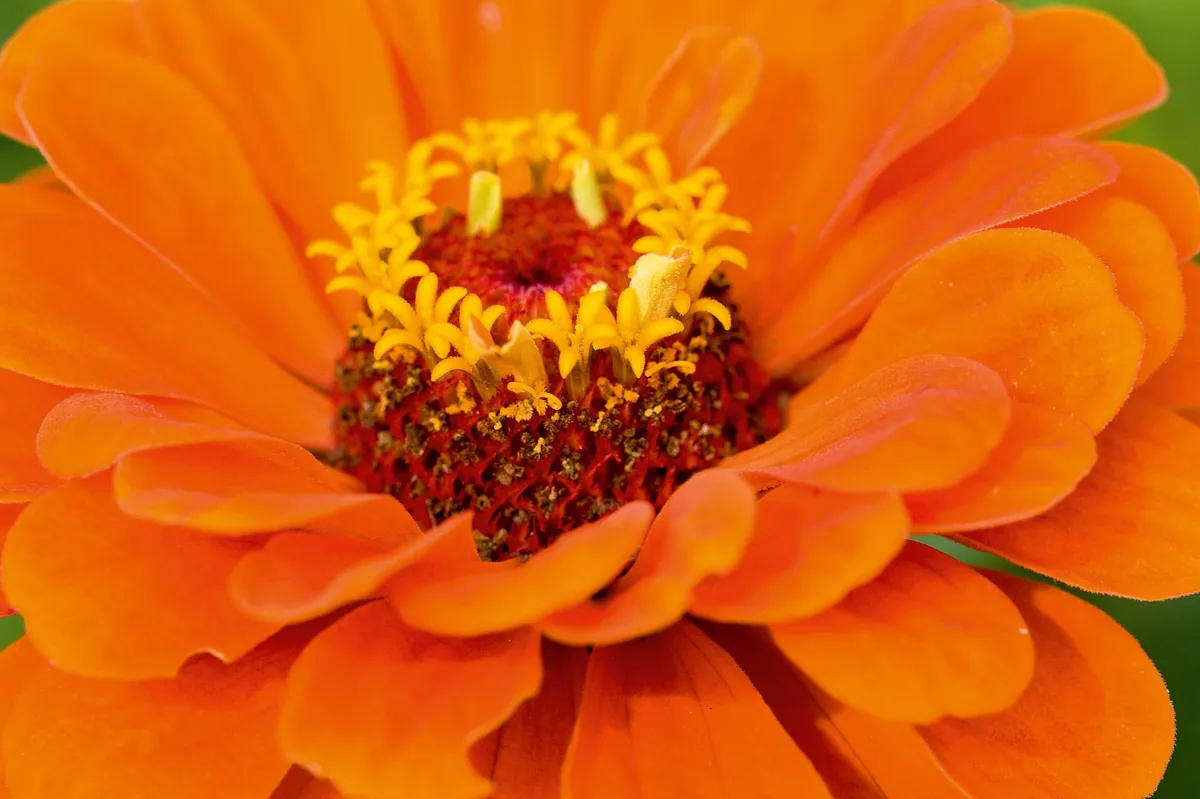
Double 10-13cm flowers of intense burnt-orange petals and a large central disc. Up to 1.3m tall. All the Zinnia elegans ‘Benary’s Giant Series’ make excellent cut flowers.
Zinnia ‘Benary’s Giant Salmon Rose’
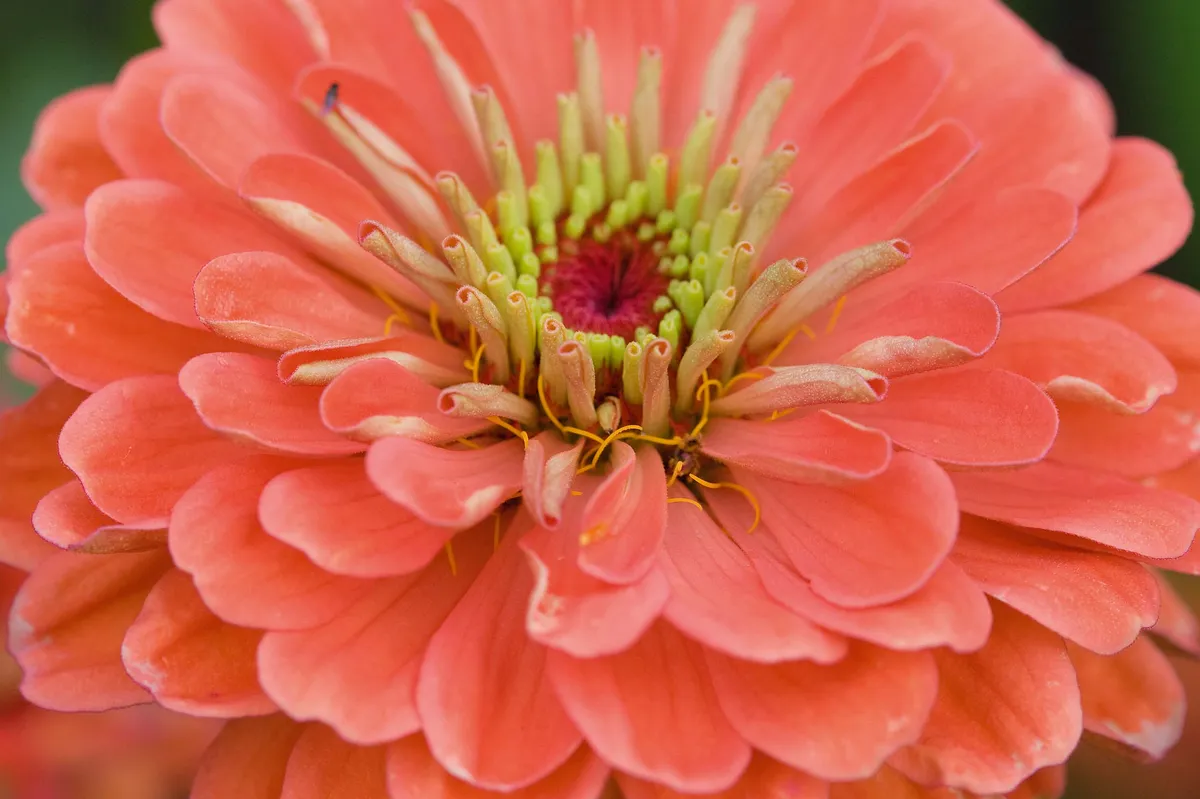
Dahlia-flowered. A delicate light salmon with fully double flowers 10cm across from late July to October. Grows to 1.3m tall and 50cm wide, with typically sturdy stems.
Zinnia ‘Benary’s Giant Deep Red’
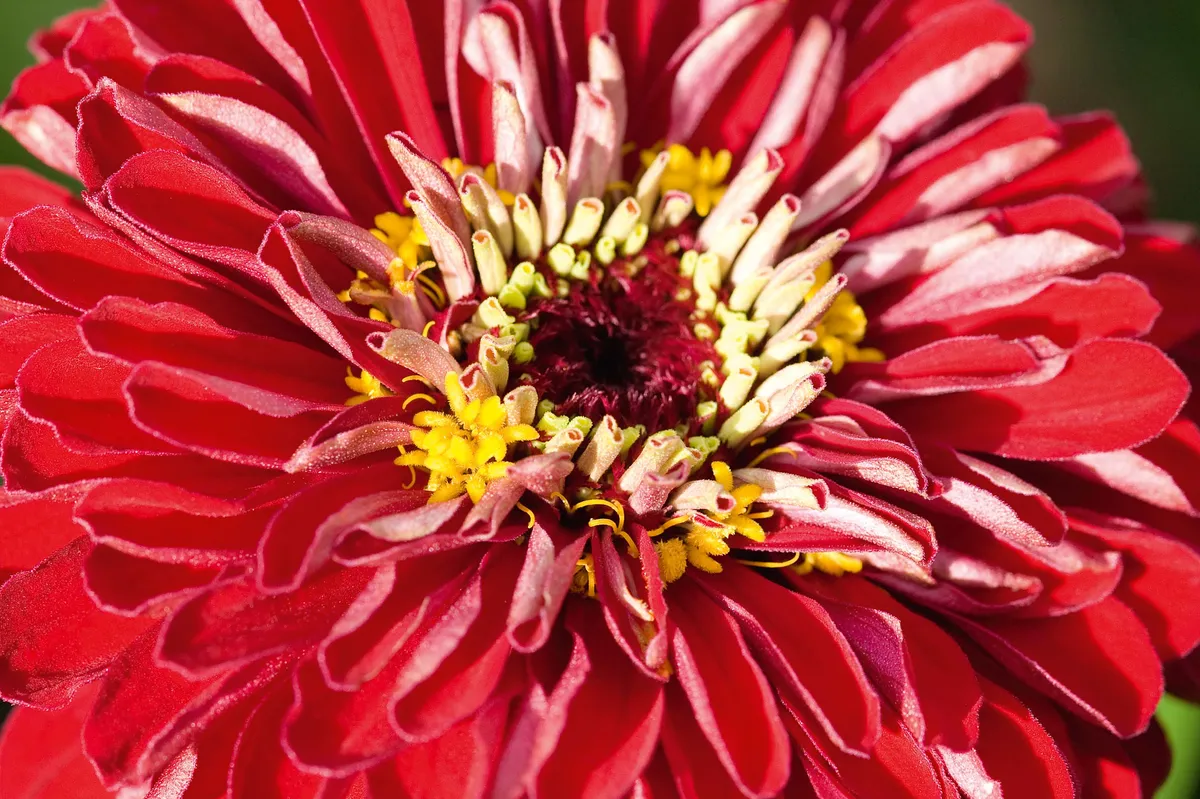
Large dahlia-like blooms on sturdy stems in a sumptuous, rich, velvety red. Like all the Benary’s Giant Series’ it grows up to 1.3m tall. A good cut flower with high yields.
Zinnia ‘Benary’s Giant Lilac’
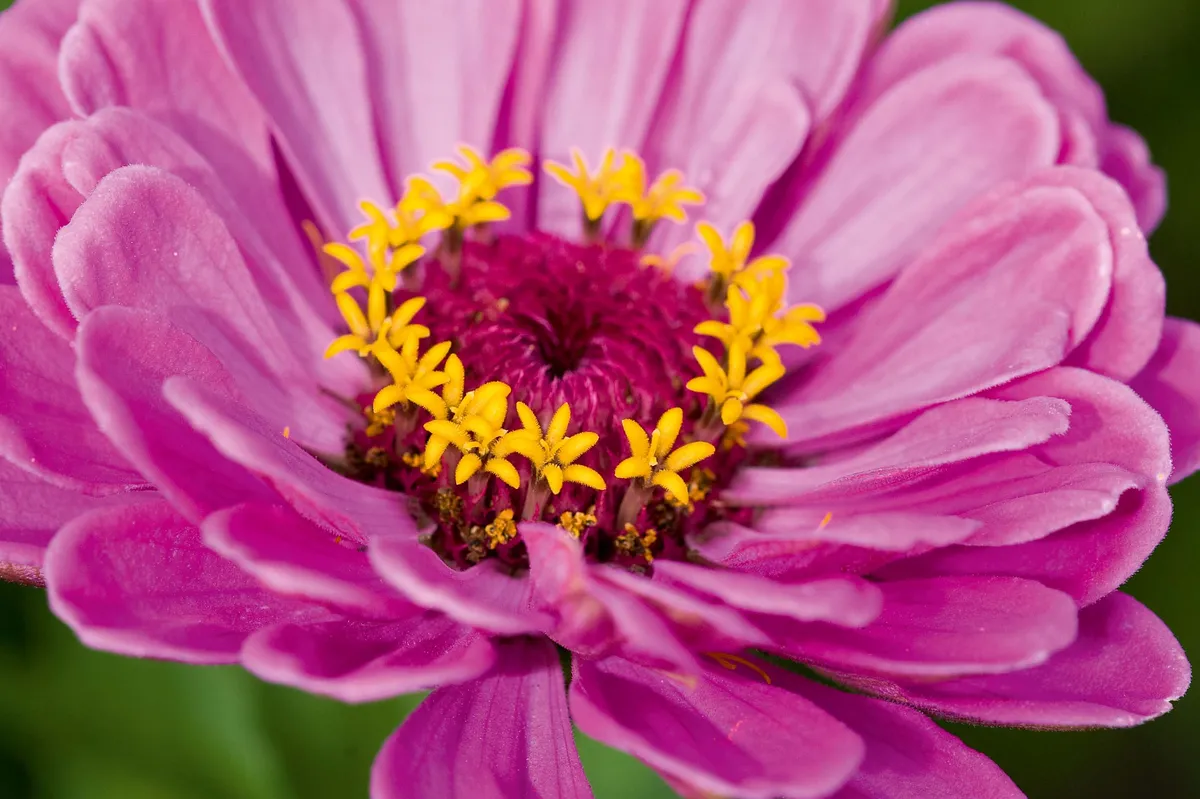
Large, lilac-mauve petals are overlaid into elegant double flowers up to 13cm across, highlighted with prominent yellow flecks of the central disc. Robust stems up to 1.3m tall.
Zinnia Giant Cactus Flowered Mixed
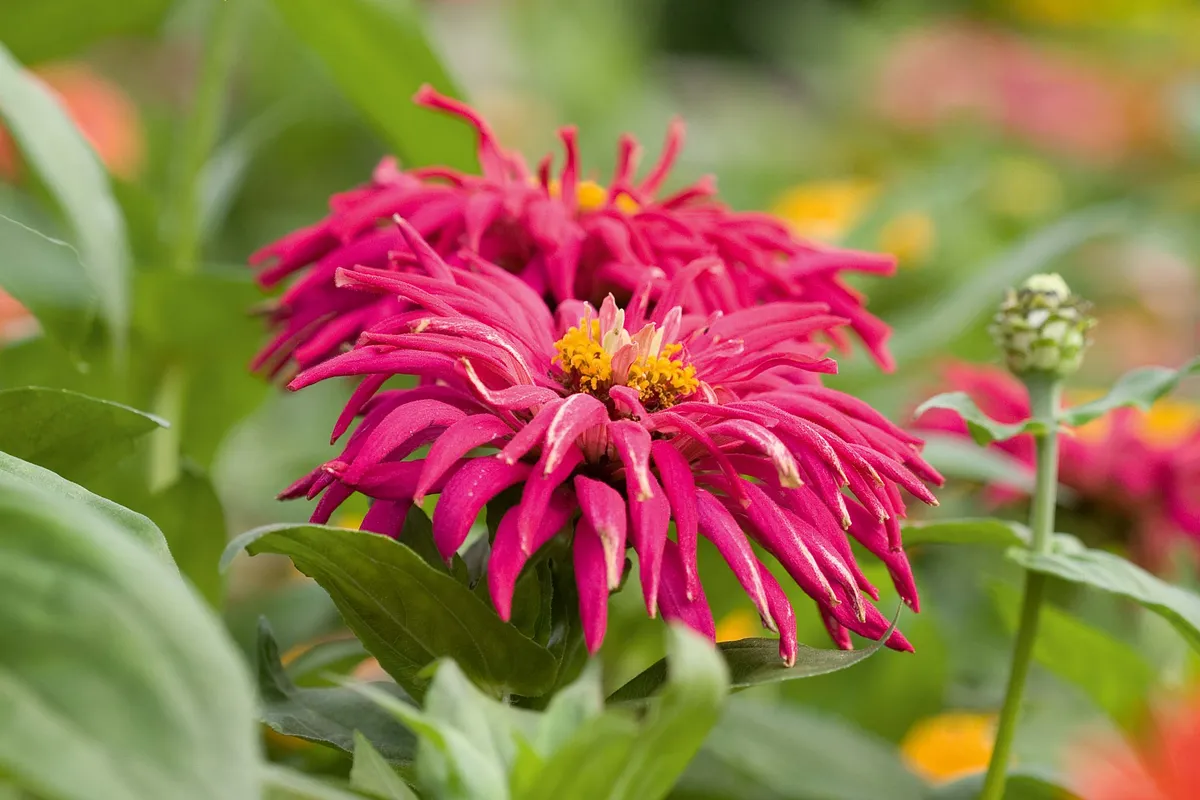
Flower heads are packed with quilled petals to give it a characteristic cactus-type appeal. Colours range from cream through to bright red. Grows to 1m.
Zinnia ‘Profusion White’
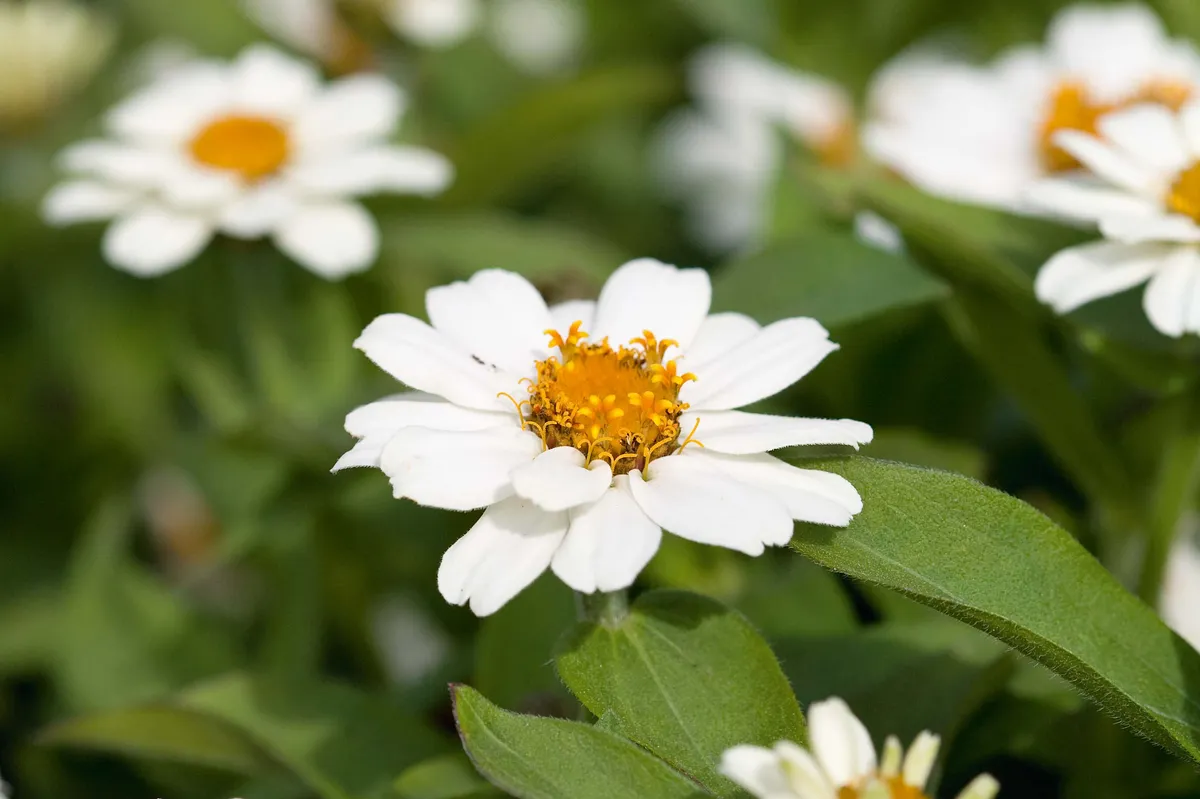
White flowers produced over a long period. ‘Profusion’ are interspecific crosses between Zinnia elegans and Zinnia angustifolia. Good disease resistance. Grows to 30cm tall.
Zinnia ‘Profusion Orange’
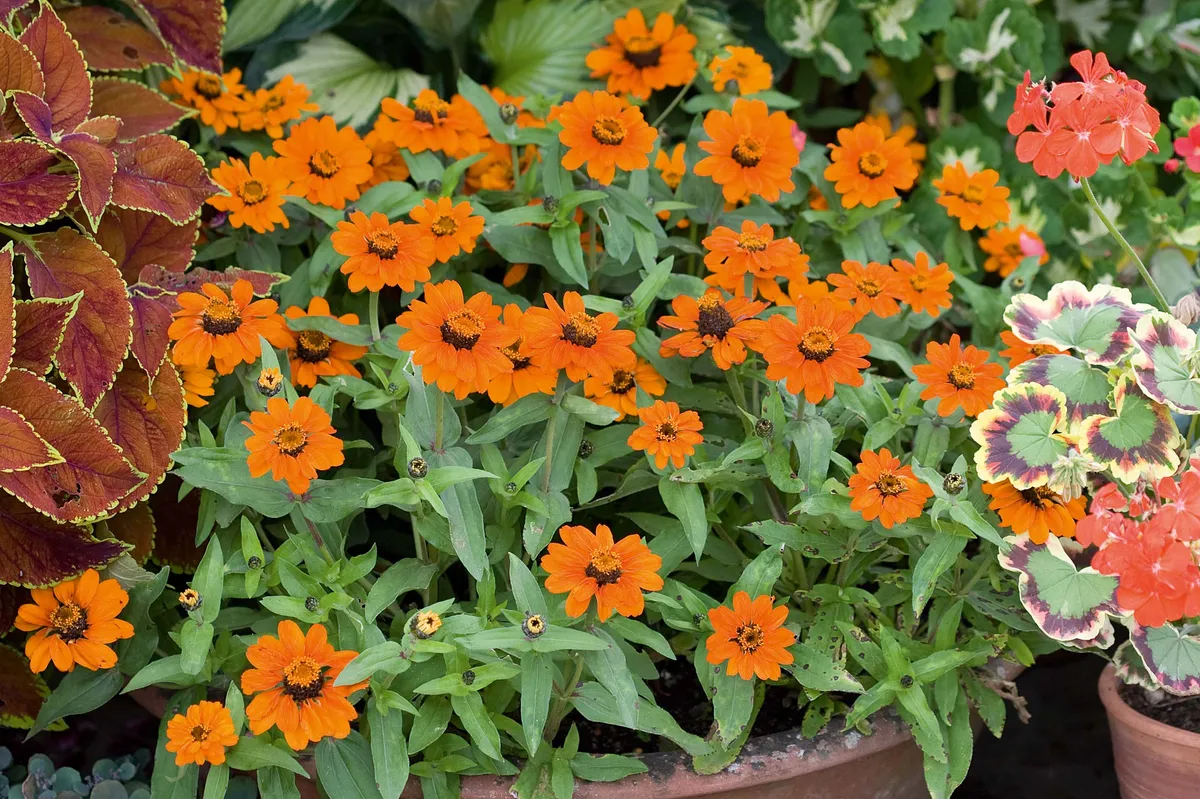
Reliable performer with sheets of dazzling orange flowers suitable for a sunny spot in a border or pots. Vigorous, copes with a wide range of conditions. 30cm tall.
Zinnia ‘Dreamland Scarlet’
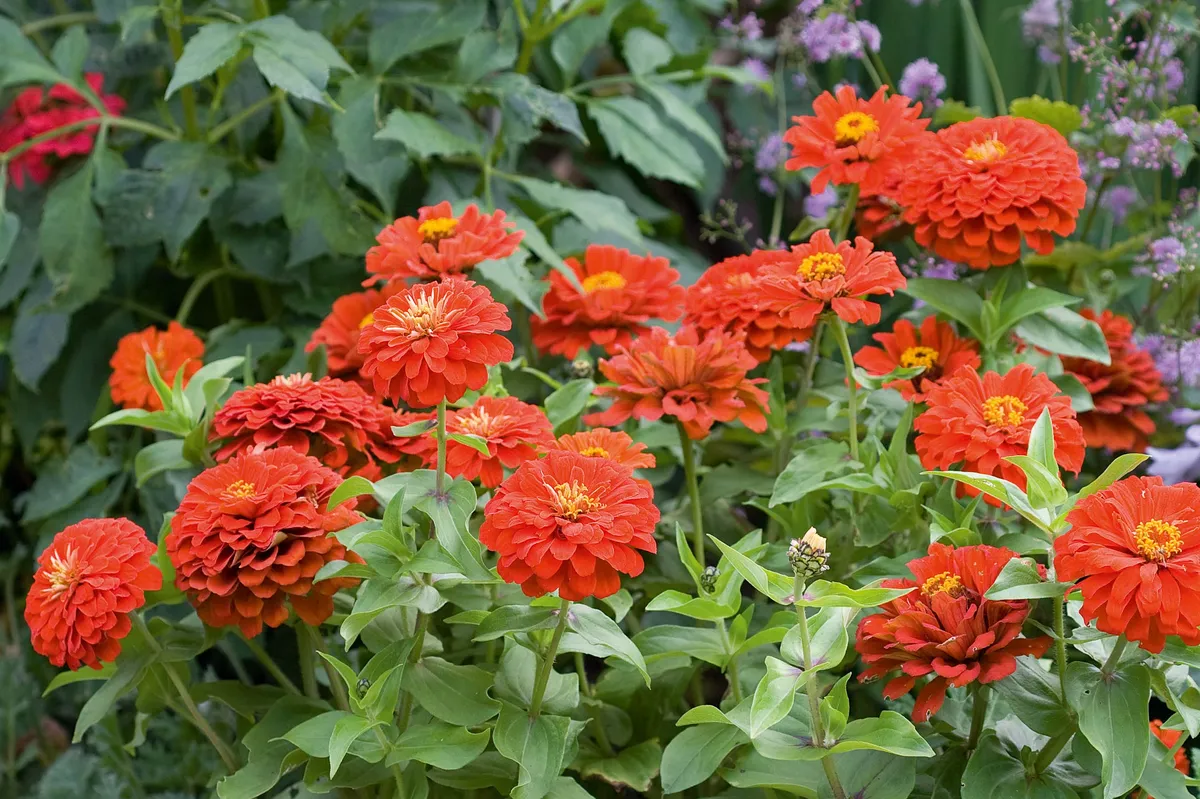
The Dreamland Series produces stocky dwarf plants and plump flowers, in this case an intense red. This cultivar typically grows to a height of 40cm.
Zinnia ‘Profusion Cherry’
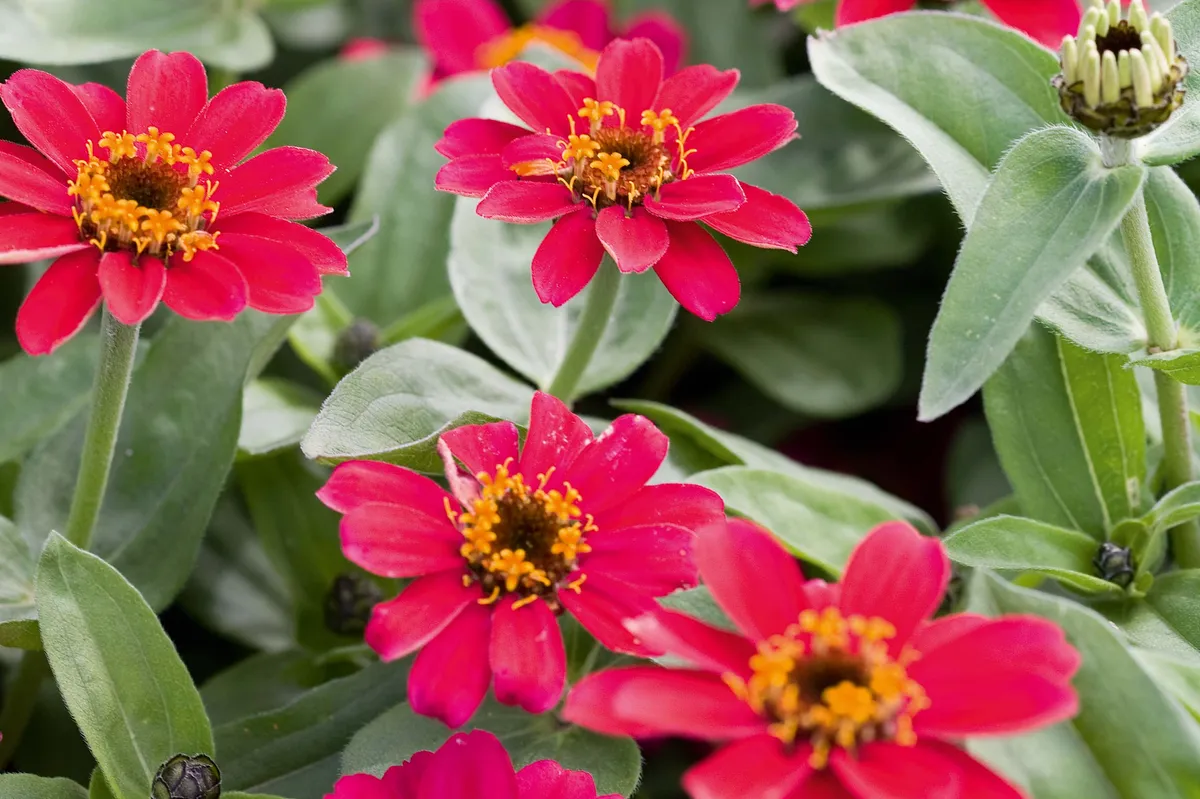
Another bushy choice with profuse single flowers up to 5cm across, in a vibrant cerise. Good in a border or as a cut flower. Grows to a height of 30cm.
Zinnia ‘Queen Red Lime’
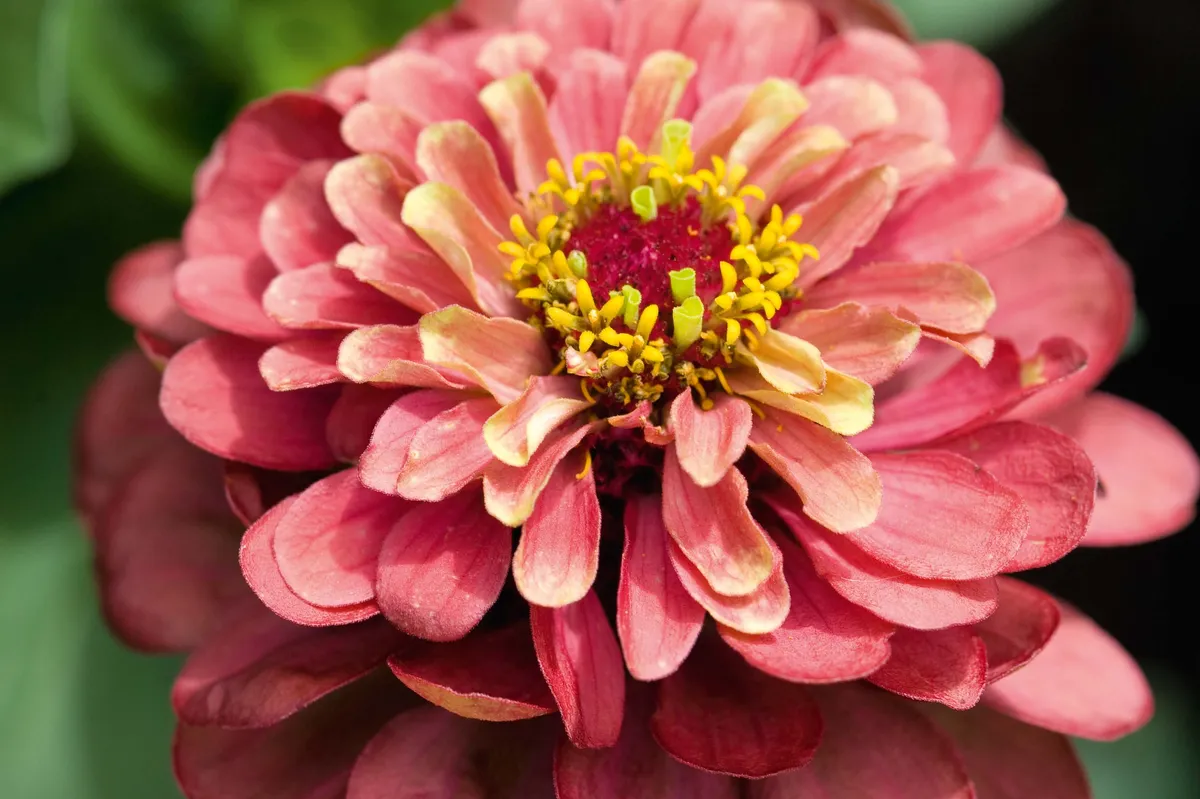
A charming, new variety with an old- fashioned quality. Medium-sized pompoms in a blend of dusky pink and lime green give the flowers a delicate effect. Grows to 60cm.
Zinnia Starbright Mixed
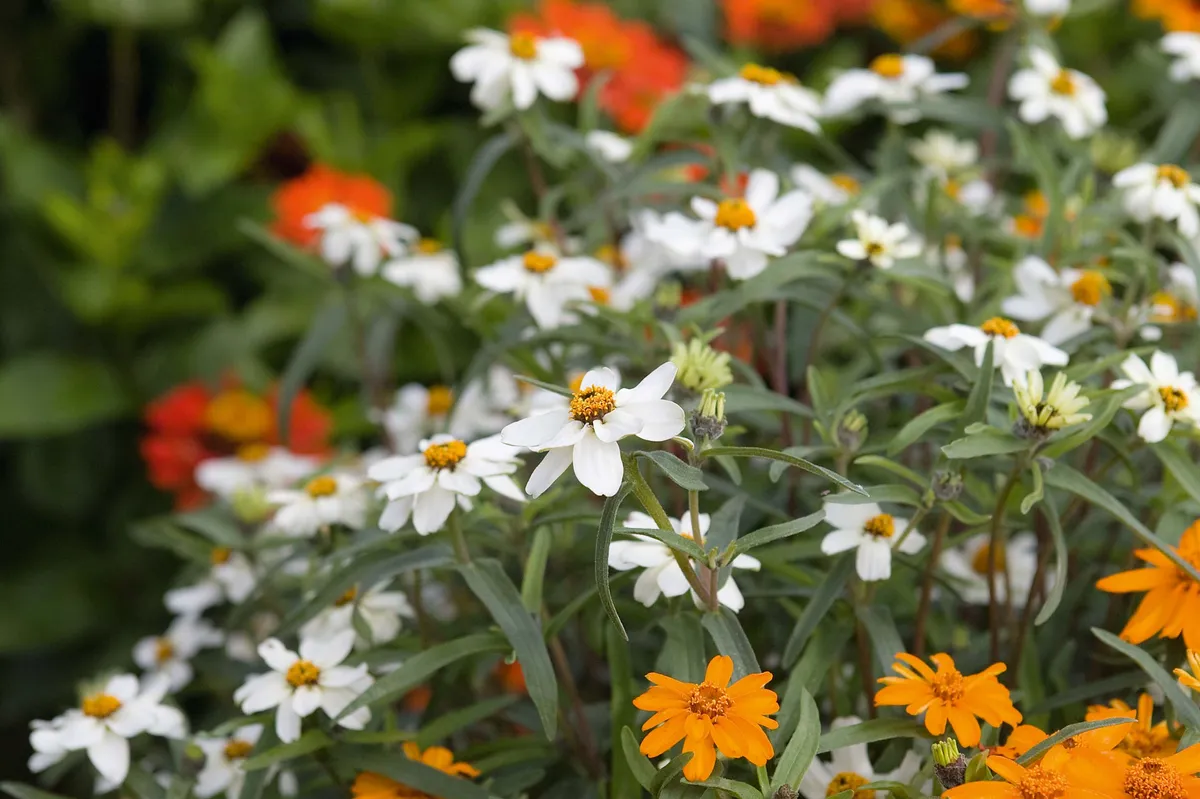
A mix of white and orange stars just 3cm across and with yellow centres. Plants are low at just 20cm, multi-branched with narrow leaves.
Zinnia ‘Starbright White’
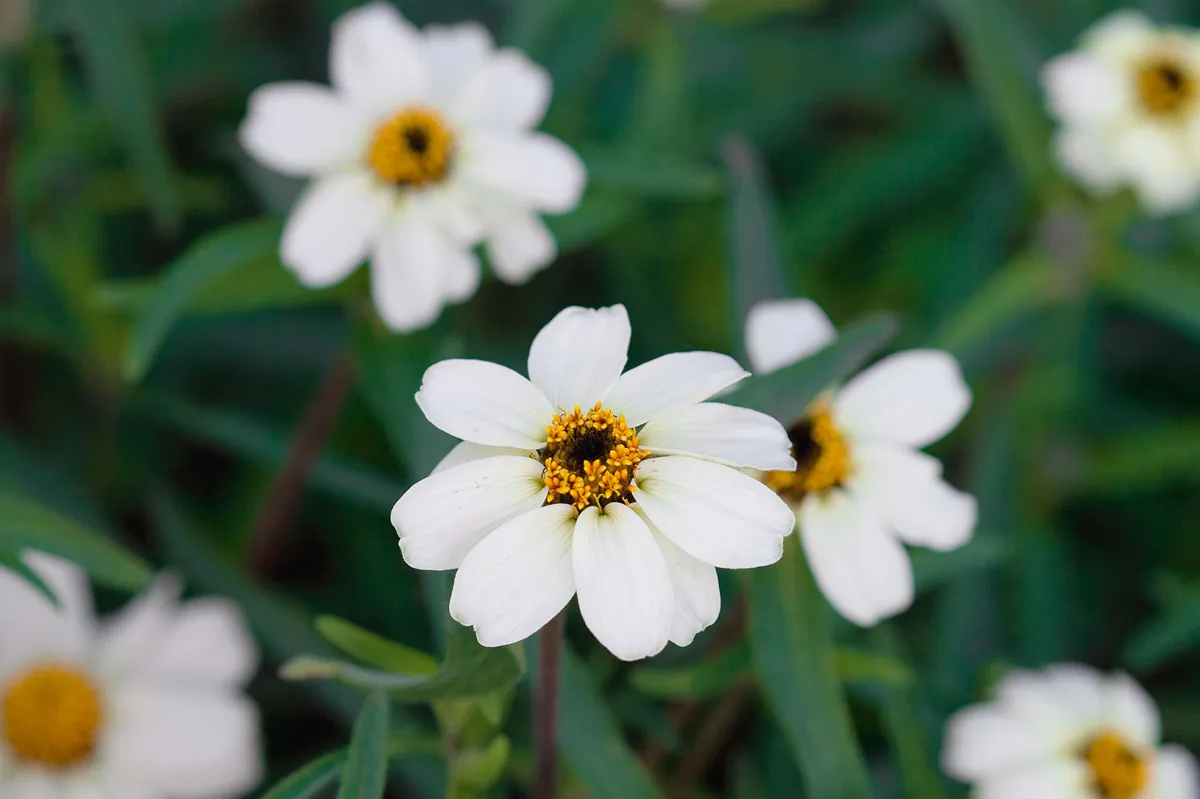
A looser more informal look that works well as a choice for containers. Narrow leaves below bright white flowers up to 5cm in size. Grows to 35cm in height, 20cm spread.
Zinnia ‘Red Spider’
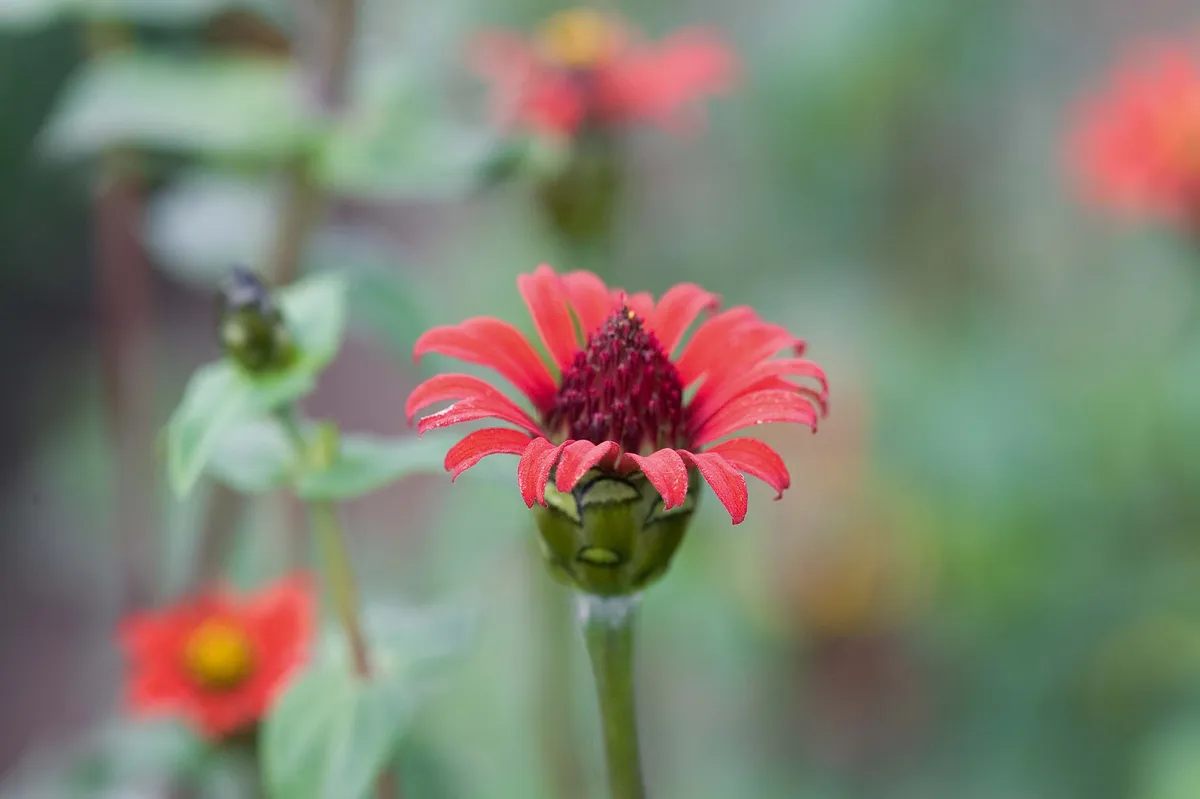
Graceful, upwardly fluted single red flowers on delicately branched stems growing to 45cm high. A good choice for combining into the flower border.
Zinnia ‘Aztec Sunset’
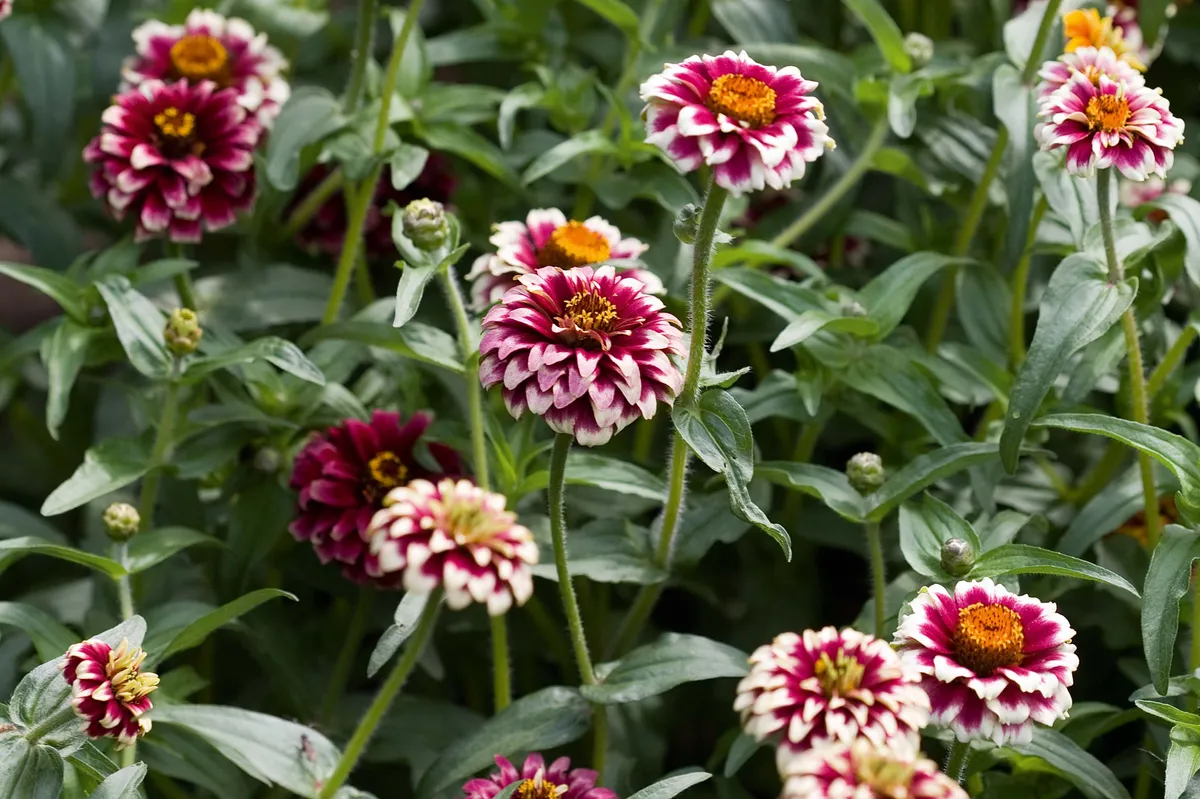
A mix of jewelbox colours in shades of red, mahogany, yellow, orange, green and cream. Many have bicoloured zonal banding and some are single, some double. The flowers are 3cm wide on 40cm high stems.
Where to buy zinnia seed
• Chiltern Seeds, Bortree Stile, Ulverston, Cumbria LA12 7PB.
• Moles Seeds (UK) Ltd, Turkey Cock Lane, Stanway, Colchester, Essex CO3 8PD.
• Thompson & Morgan, Poplar Lane, Ipswich, Suffolk IP8 3BU.
• Johnny’s Selected Seeds, 955 Benton Avenue, Winslow, Maine, USA 04901.
• Select Seeds, 180 Stickney Hill Road, Union, Connecticut, USA 06076-4617.
Thanks to Great Dixter in East Sussex, where the plants pictured in this feature were photographed.




